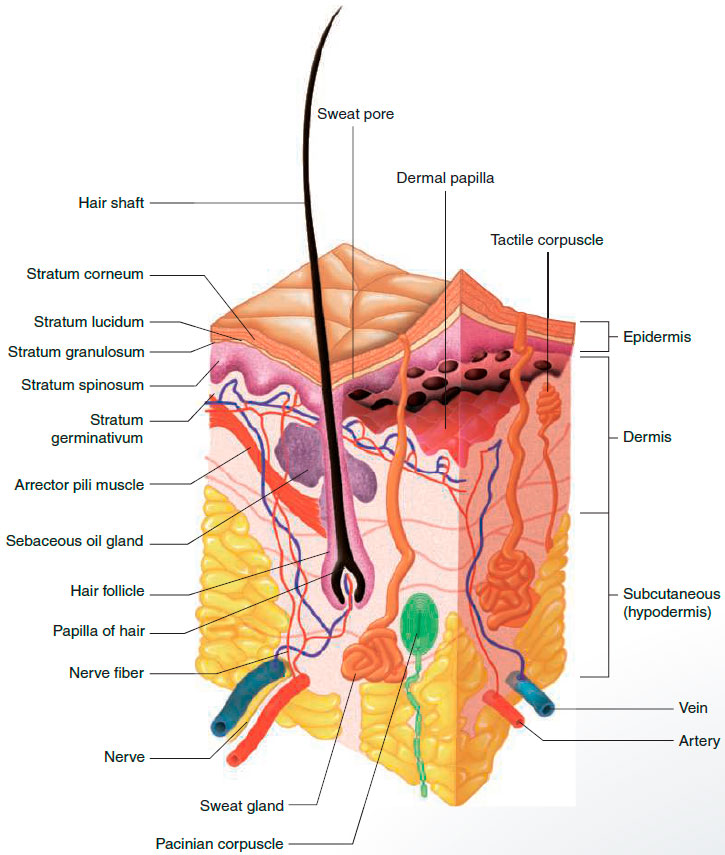The Subcutaneous Tissue: Unveiling the Hidden Layer of Skin and Its Implications for Cosmetologists
Often overshadowed by its counterparts, the epidermis and dermis, the subcutaneous tissue is an equally integral part of the skin structure. Also referred to as the hypodermis or superficial fascia, the subcutaneous tissue, adipose tissue, or subcutis, is located beneath the dermis. This article will delve deeper into the composition, functions, and cosmetological importance of this lesser-known skin layer.

The Subcutaneous Tissue
Comprising mainly of fat cells, the subcutaneous tissue is the skin’s deepest layer. It provides the body with smoothness and contour, stores fats as an energy reserve, and serves as a protective cushion for the skin. Its thickness varies among individuals and can be influenced by factors such as age, gender, and overall health.
Composition
The subcutaneous tissue is essentially composed of fat cells, or adipocytes, organized into lobules by connective tissue. These adipocytes are filled with lipids, which are primarily used for energy storage. This layer is richly supplied with blood vessels and nerve endings, and it also contains fibroblasts, macrophages, and mast cells, which are involved in immune responses.
Functions
Despite being the skin’s last layer, the subcutaneous tissue carries out significant functions:
- Energy Reserve: The fat stored in the adipocytes serves as a reserve that the body can utilize during periods of increased energy demand or food shortage.
- Thermal Insulation: As a layer of fat, the subcutaneous tissue contributes to body temperature regulation, providing insulation against cold environments.
- Mechanical Protection: The layer acts as a shock absorber, protecting underlying organs and tissues from mechanical damage.
- Body Contouring: It contributes to the body’s contour and shape, smoothing the underlying structure of bones and muscles.

For cosmetologists, understanding the subcutaneous tissue can provide valuable insights into several aspects of skincare and beauty treatments:
- Anti-Aging Treatments: The subcutaneous tissue naturally thins with age, contributing to sagging skin and the formation of wrinkles. Understanding this process can guide cosmetologists in recommending suitable anti-aging treatments and products that aim to improve skin elasticity and firmness.
- Body Contouring Procedures: Knowledge of this layer is critical for non-surgical body contouring procedures, such as cryolipolysis (fat freezing), laser lipolysis, and ultrasound cavitation. These treatments aim to reduce adipose tissue to sculpt and shape the body.
- Cosmetic Injections: For treatments involving cosmetic injections, such as dermal fillers or botox, an understanding of the subcutaneous tissue is crucial to ensure correct depth placement and avoid potential complications.
Overall, while the subcutaneous tissue may not be the skin layer most visible or commonly addressed, its role in overall skin health, aesthetics, and various cosmetological procedures is undeniable. By deepening their knowledge of this skin layer, cosmetologists can provide a more comprehensive approach to skincare and beauty enhancement, fostering improved client outcomes and satisfaction.






